How Phoenix is planning for the 'Hurricane Katrina' of heat

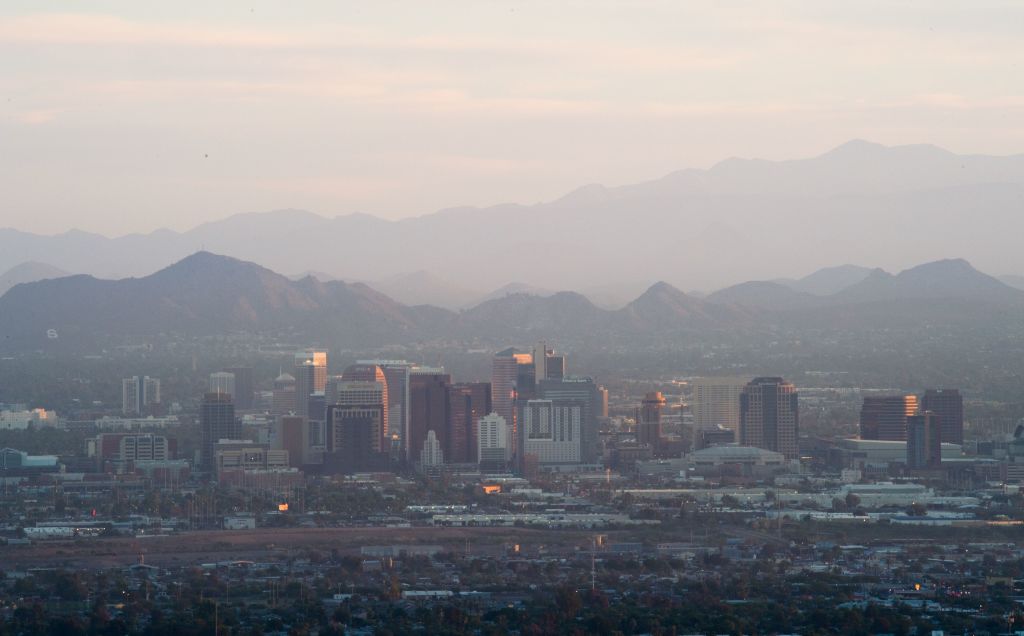
Phoenix, Arizona, is already the hottest major city in the United States, and climate experts expect temperatures to keep rising to the point where there are more than an additional two dozen days per year when the thermometer hits 105 degrees or higher by 2050. That could lead to what Susan Clark, the director of the Sustainable Urban Environments Initiative at the University of Buffalo, describes as a "Hurricane Katrina"-size heat disaster in the U.S.'s fifth largest city, The Washington Post reports.
Such a scenario could be brought on by water becoming too hot, disrupting a power generation system dependent on cooling towers, or wildfires taking out power lines. Citizens would then potentially be deprived of water and air conditioning, two necessities in dangerous heat. Thankfully, there are efforts, led by both experts and community members, to make sure Phoenix is able to evade this type of disaster, the Post reports.
There's been a push to rely more on solar power, and local electric utilities are trying to install "microgrids" around the city that could serve as backup generators in case of an emergency. And Phoenix's chief sustainability officer, Mark Hartman, is developing a network of "cool corridors" which would mean no resident is more than a five-minute walk from water or shade. Another method is to plant more trees, which can lower air temperatures through a natural process called evapotranspiration; eventually, Hartman hopes the city's tree canopy expands to a quarter of its area. Similarly, there is a multi-million-dollar program to repave roads with materials that reflect rather than absorb heat as asphalt does.
The Week
Escape your echo chamber. Get the facts behind the news, plus analysis from multiple perspectives.

Sign up for The Week's Free Newsletters
From our morning news briefing to a weekly Good News Newsletter, get the best of The Week delivered directly to your inbox.
From our morning news briefing to a weekly Good News Newsletter, get the best of The Week delivered directly to your inbox.
Mayor Kate Gallego (D) says she hopes this all results in Phoenix becoming "the most sustainable desert city on the planet." Read more at The Washington Post.
A free daily email with the biggest news stories of the day – and the best features from TheWeek.com
Tim is a staff writer at The Week and has contributed to Bedford and Bowery and The New York Transatlantic. He is a graduate of Occidental College and NYU's journalism school. Tim enjoys writing about baseball, Europe, and extinct megafauna. He lives in New York City.
-
 US citizens are carrying passports amid ICE fears
US citizens are carrying passports amid ICE fearsThe Explainer ‘You do what you have to do to avoid problems,’ one person told The Guardian
-
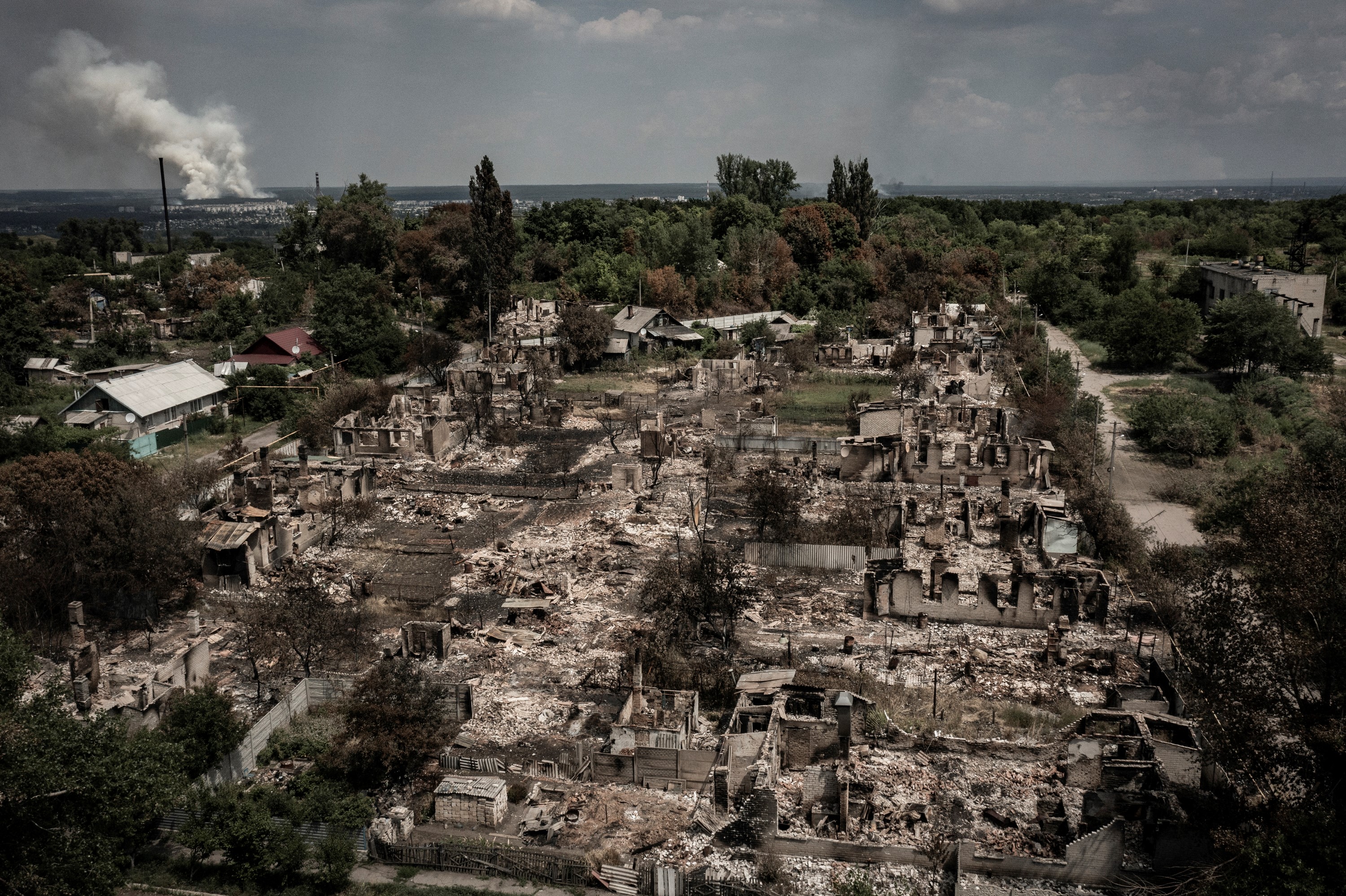 All roads to Ukraine-Russia peace run through Donetsk
All roads to Ukraine-Russia peace run through DonetskIN THE SPOTLIGHT Volodymyr Zelenskyy is floating a major concession on one of the thorniest issues in the complex negotiations between Ukraine and Russia
-
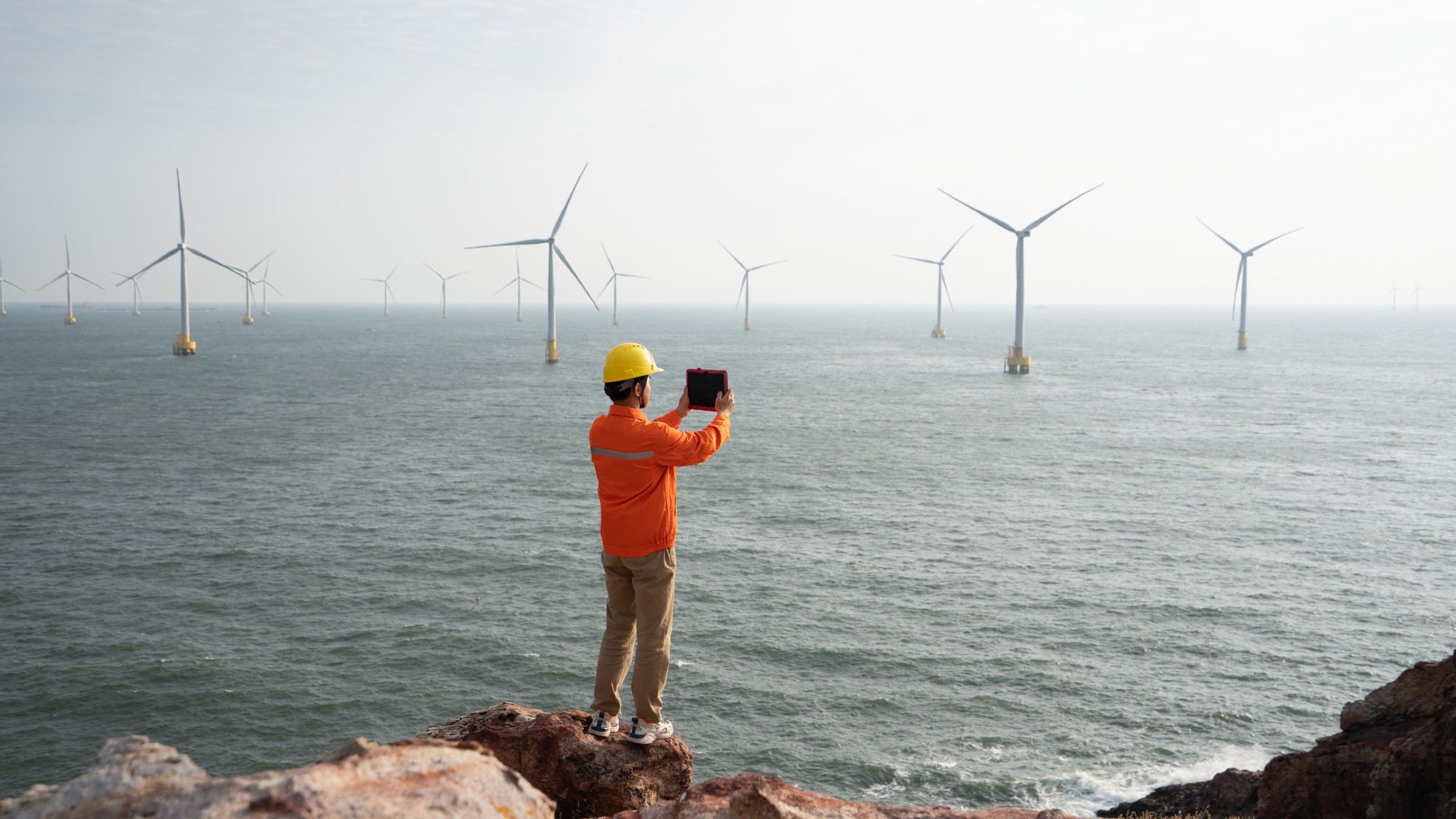 Why is Trump killing off clean energy?
Why is Trump killing off clean energy?Today's Big Question The president halts offshore wind farm construction
-
 Crest falling: Mount Rainier and 4 other mountains are losing height
Crest falling: Mount Rainier and 4 other mountains are losing heightUnder the radar Its peak elevation is approximately 20 feet lower than it once was
-
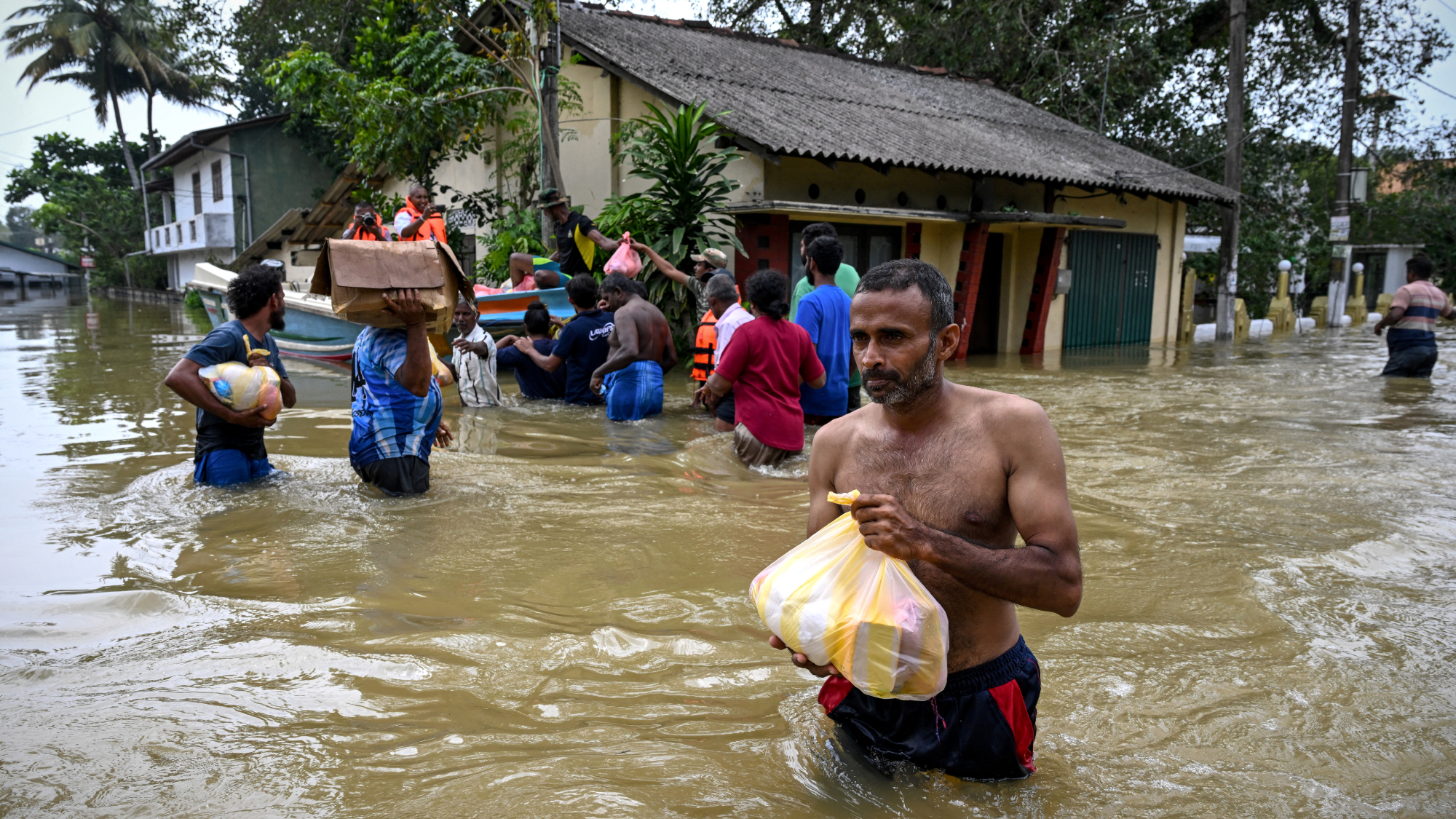 Death toll from Southeast Asia storms tops 1,000
Death toll from Southeast Asia storms tops 1,000speed read Catastrophic floods and landslides have struck Sri Lanka, Indonesia, Thailand and Malaysia
-
 Can for-profit geoengineering put a pause on climate change?
Can for-profit geoengineering put a pause on climate change?In the Spotlight Stardust Solutions wants to dim the sun. Scientists are worried.
-
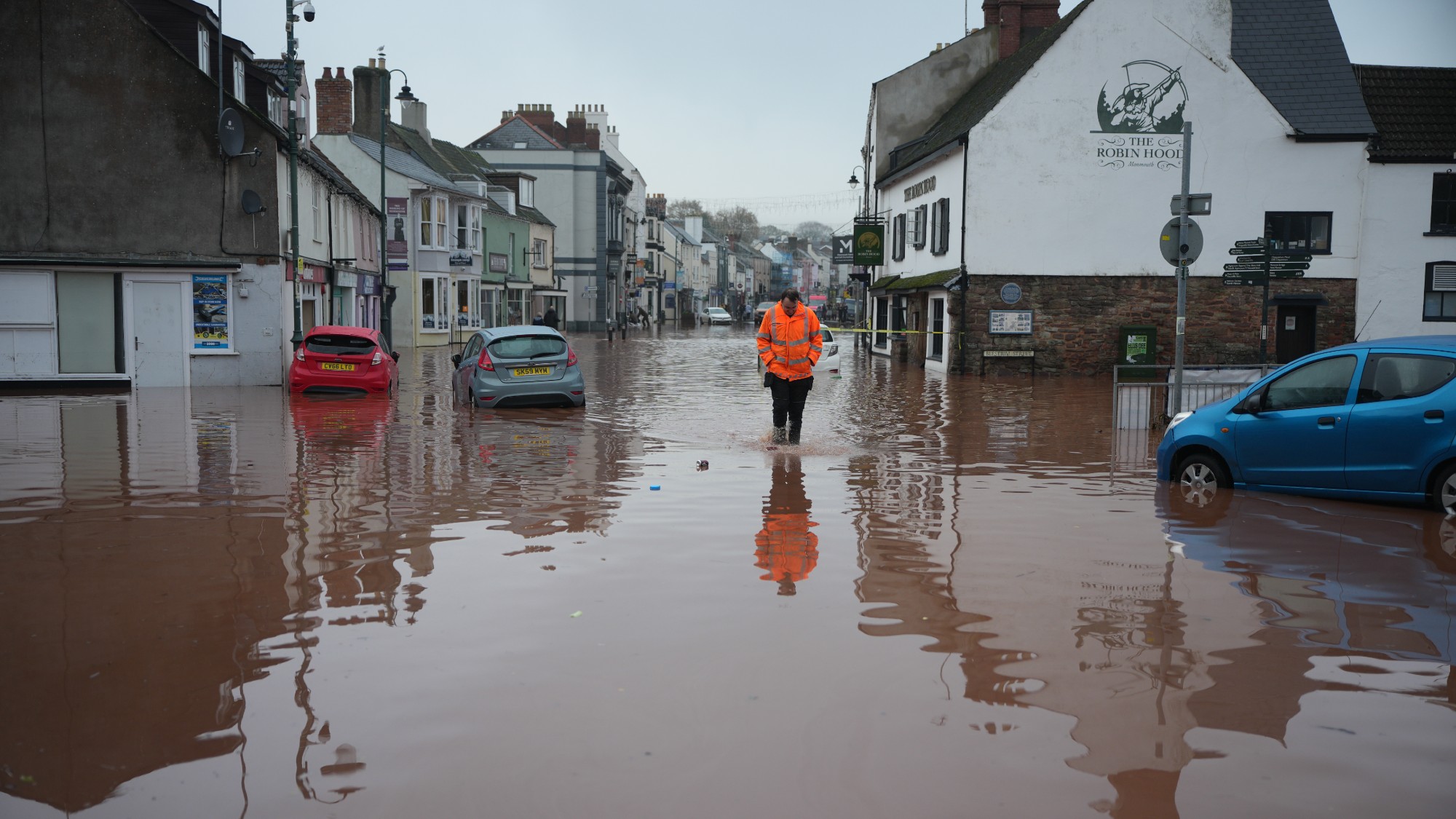 How will climate change affect the UK?
How will climate change affect the UK?The Explainer Met Office projections show the UK getting substantially warmer and wetter – with more extreme weather events
-
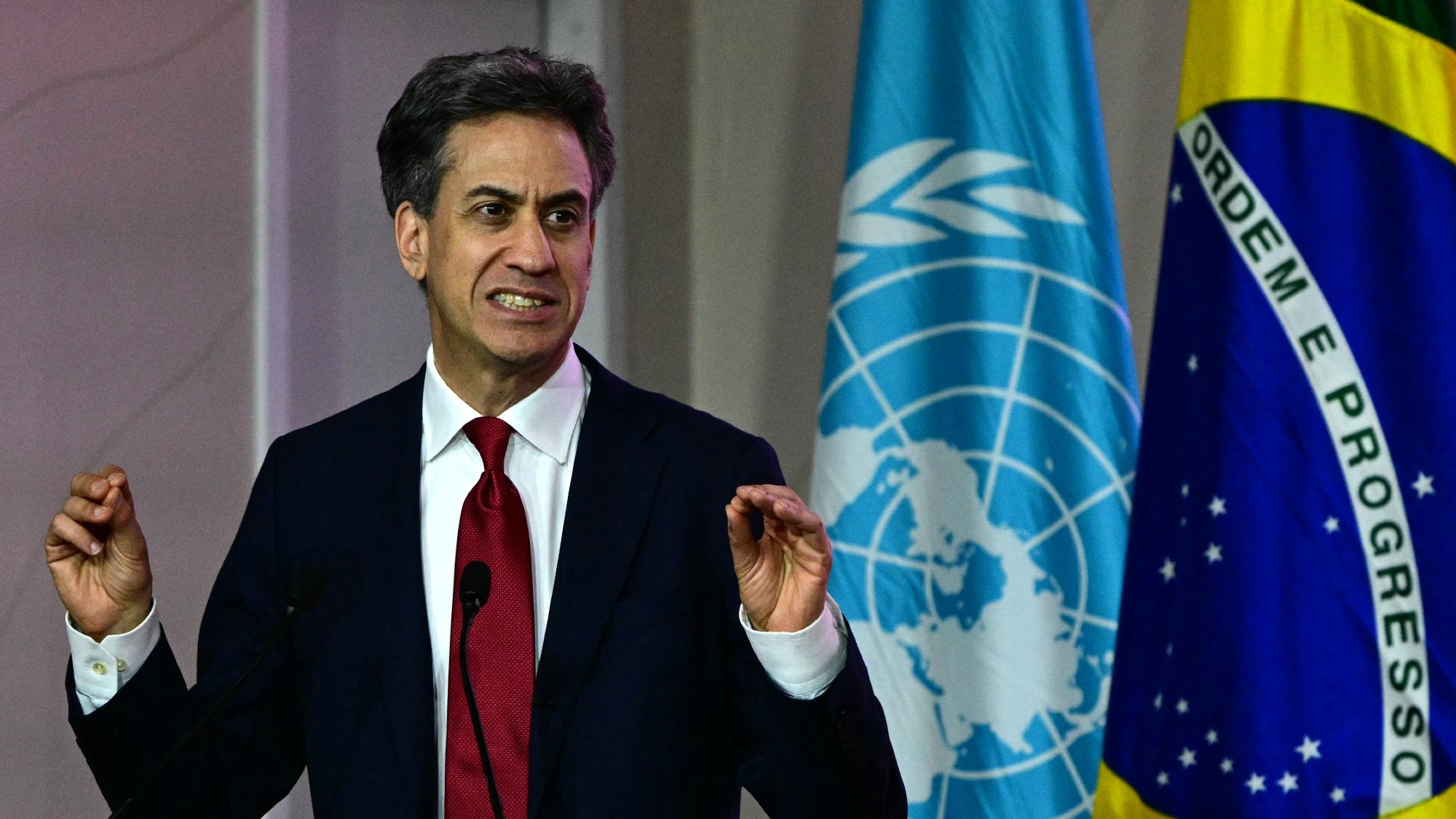 Can the UK do more on climate change?
Can the UK do more on climate change?Today's Big Question Labour has shown leadership in the face of fraying international consensus, but must show the public their green mission is ‘a net benefit, not a net cost’
-
 Did Cop30 fulfil its promise to Indigenous Brazilians?
Did Cop30 fulfil its promise to Indigenous Brazilians?Today’s Big Question Brazilian president approves 10 new protected territories, following ‘unprecedented’ Indigenous presence at conference, both as delegates and protesters
-
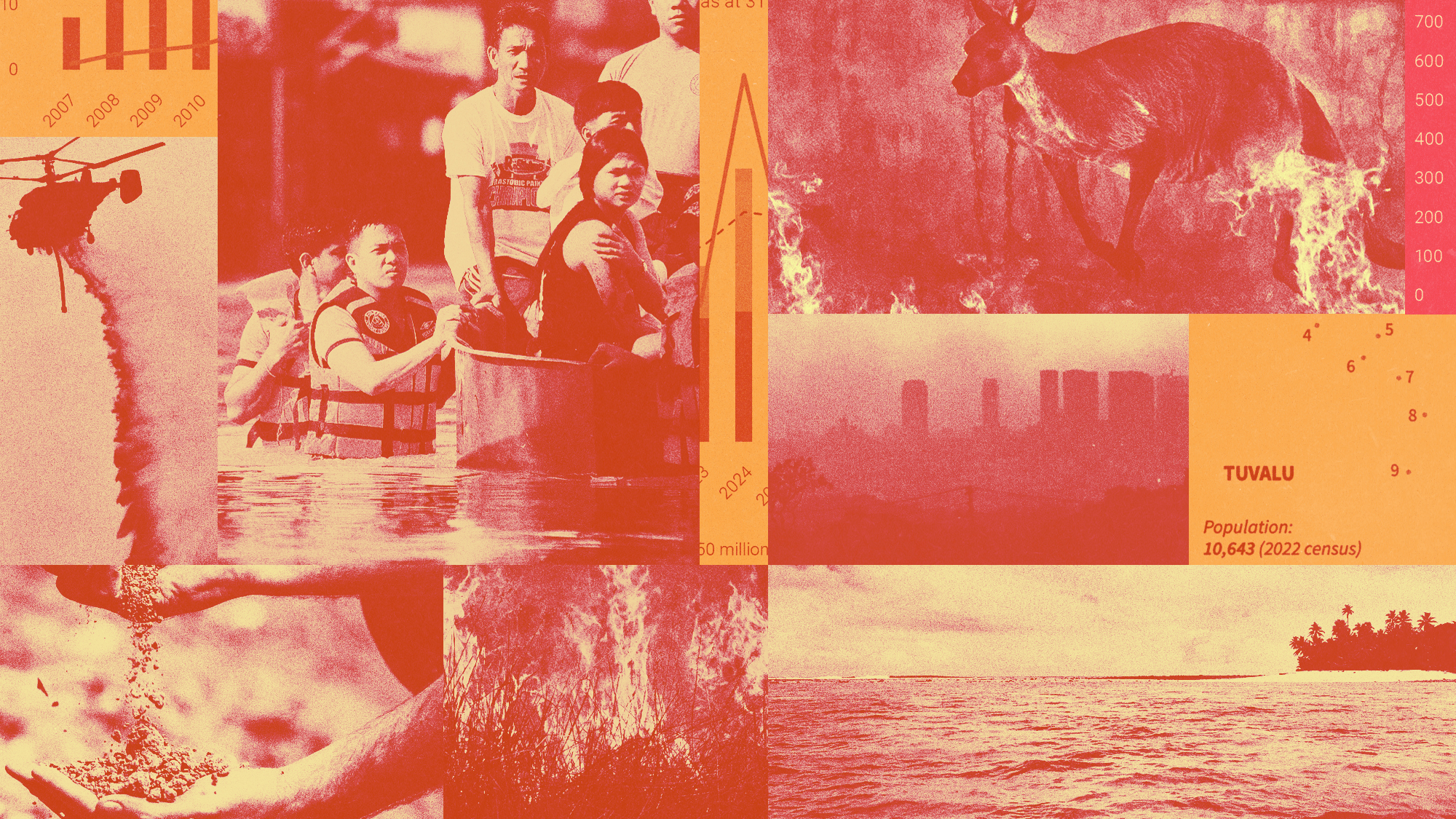 Can the world adapt to climate change?
Can the world adapt to climate change?Today's Big Question As the world gets hotter, COP30 leaders consider resilience efforts
-
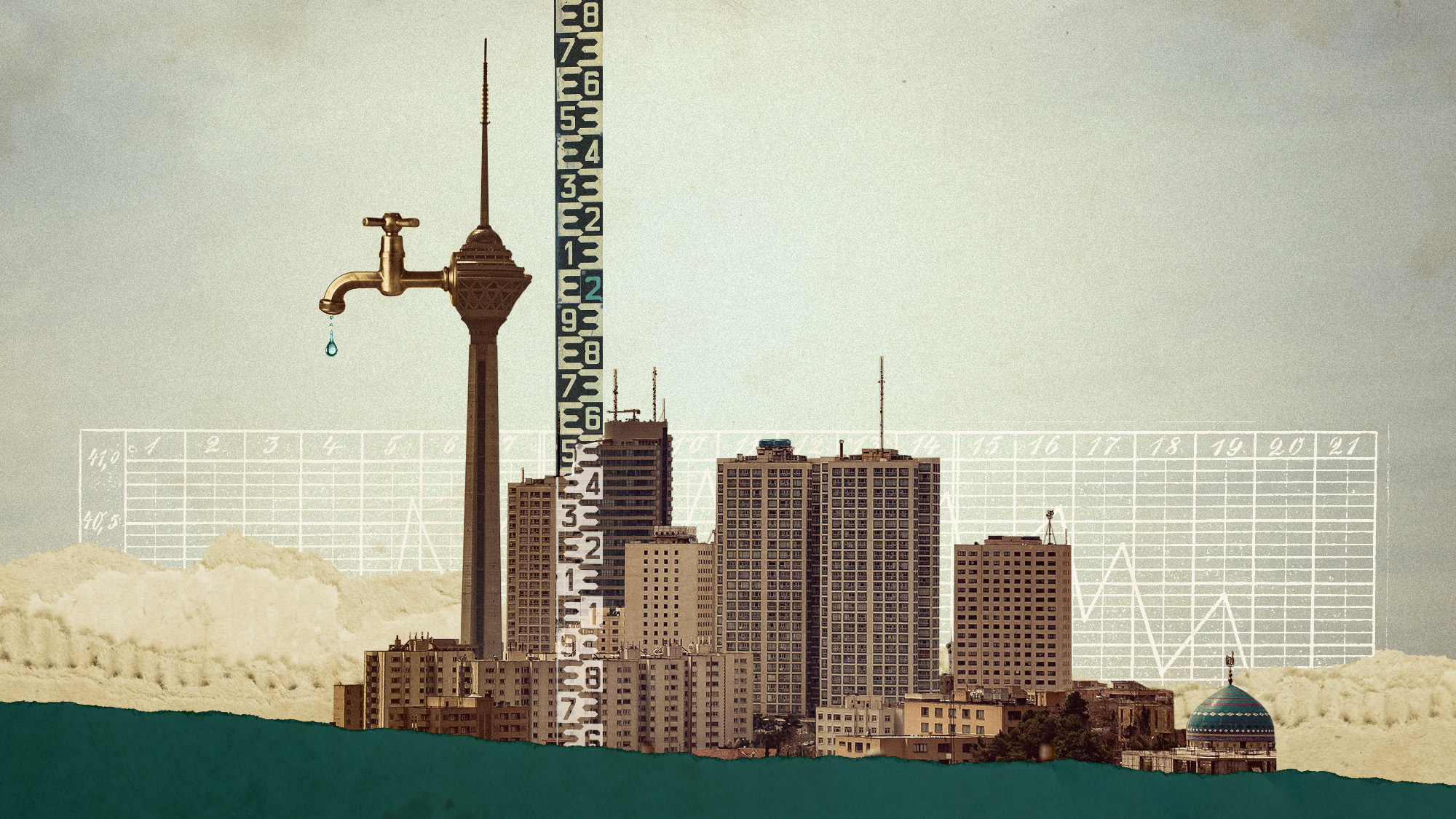 Taps could run dry in drought-stricken Tehran
Taps could run dry in drought-stricken TehranUnder the Radar President warns that unless rationing eases water crisis, citizens may have to evacuate the capital
